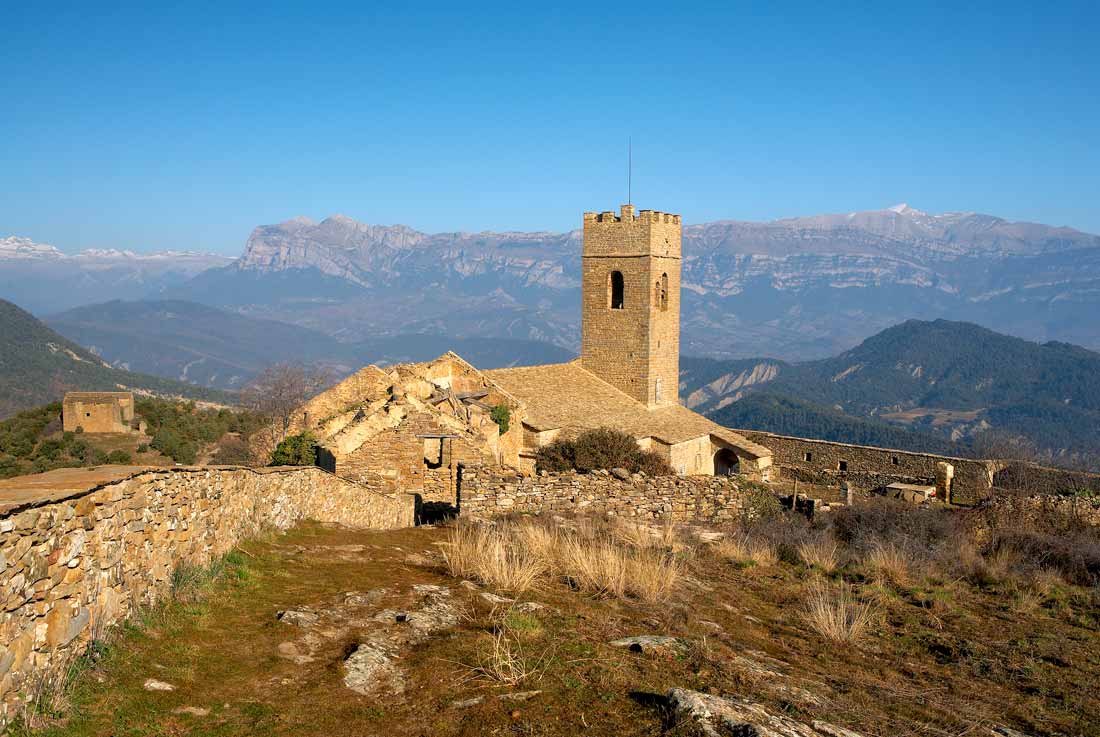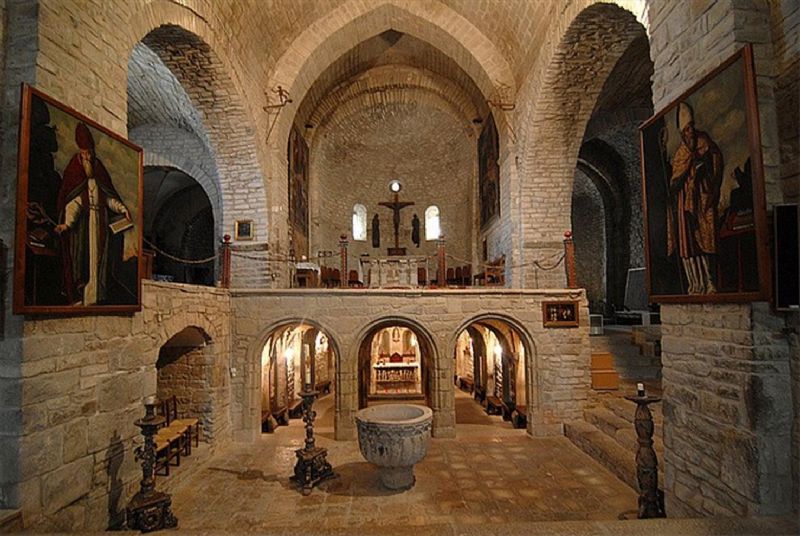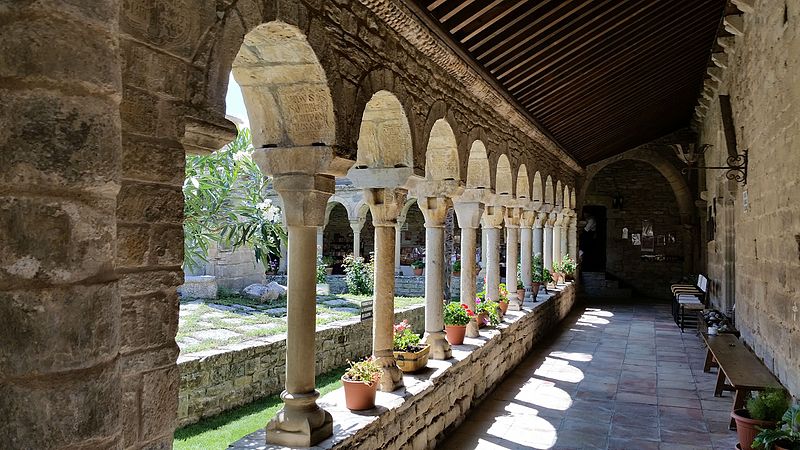Ruta del Románico: Muro De Roda – Obarra – Roda Isábena
Category
ExcursionsThis route is indicated to do by car, we have baptized it as the “Romanesque Route” from the Peña Montañesa, and we have chosen three unique places with high religious and cultural value of the Romanesque.
First point from the Hotel Peña Montañesa: Muro de Roda. This religious-military complex can be accessed from Tierrantona. To get there we have to go to Ainsa. Once here, turn left towards Campo. We will travel about 15 minutes by car, and after going through a tunnel, we will turn right towards the La Fueva valley, until we reach the so-called Tierrantona. We will arrive at Muro de Roda through a forest track, which is not recommended for cars, located in the middle of the village, after the schools.
Its church of Santa María, Romanesque from the 12th century, has a very large single nave, finished in three apses. Around the church there is a wall that runs all the way to the top.
We will continue our medieval route by Ribagorza, we will approach Roda de Isabena and going up the road until the Cañón de Bonansa we will arrive at the Monastery of Obarra.
The first thing is to arrive from Muro de Roda to Graus, the recommendation is from Tierrantona to Graus by the road of Troncedo. Once in Graus, take the road from Capella and you will quickly reach Roda de Isabena.
The impressive cathedral of Roda, and the misdeeds of the famous Eric the Belgian, draws everyone’s attention. Its urban layout has a marked medieval character. The cathedral has three crypts, under the heads of its three naves, and the cloister.
Next to the temple, the prioral palace, from the sixteenth century, which completes an unavoidable visit.
We leave the town again and head north we take the A-1605 in the direction of La Puebla de Roda and, after crossing this town, continue on until we reach our destination.
The monastery dedicated to Santa María de Obarra, is located in a spectacular and peaceful spot on the banks of the river Isábena. The complex, of Visigoth origin (9th century) consists of three buildings, so we can assume the importance of this monastery: the church of Santa María and the hermitage of San Pablo, both of the 11th century and Romanesque style, and the abbey palace (12th to 16th centuries), partially in ruins.





